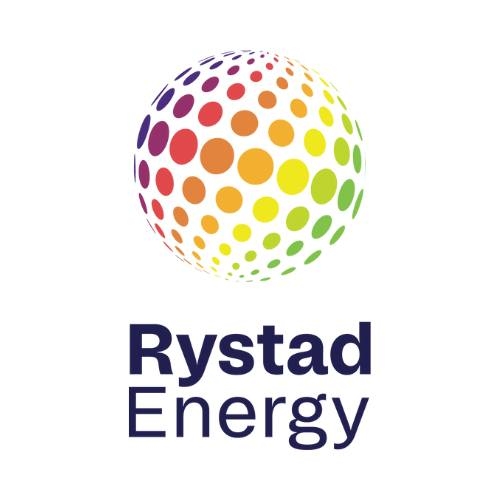BAKU, Azerbaijan, October 1. Onshore wind capacity in Southeast Asia (SEA) is projected to surge from 6.5 gigawatts (GW) in 2024 to 26 GW by 2030, according to a new analysis by Rystad Energy, marking a potential increase of 19.5 GW, Trend reports.
The sector’s growth has historically been slow due to regulatory hurdles, weak grid infrastructure, high local supply chain costs, and reliance on cheaper fossil fuels such as coal. However, short-term policy initiatives, including auctions, project awards, and attractive feed-in tariffs (FITs), coupled with the increasing adoption of mainland Chinese turbines, are driving renewed momentum.
Government policies across the region are further supporting this expansion, with new regulations introduced in 2025 aimed at facilitating onshore wind development. Falling equipment costs, improved technology performance at lower wind speeds, and the potential to power data centers are making onshore wind an increasingly competitive option for renewable energy targets.
Vietnam remains the largest market, followed by the Philippines and Thailand, while Laos is entering the sector for the first time to diversify its power mix and enhance export capacity. Despite these gains, past boom-and-bust cycles in Vietnam, Thailand, and the Philippines highlight the need for consistent policies to sustain long-term growth. Issues such as retroactive FIT reductions and grid curtailment have previously undermined investor confidence, particularly in Vietnam.
Rystad Energy analysts note that SEA’s onshore wind market will require stronger grid integration, established local supply chains, and continuous government support to become a resilient pillar of the region’s renewable energy transition.







